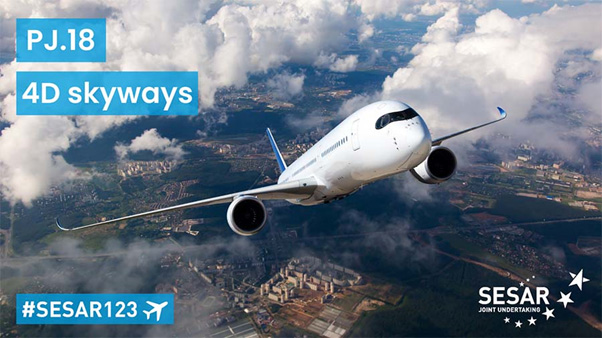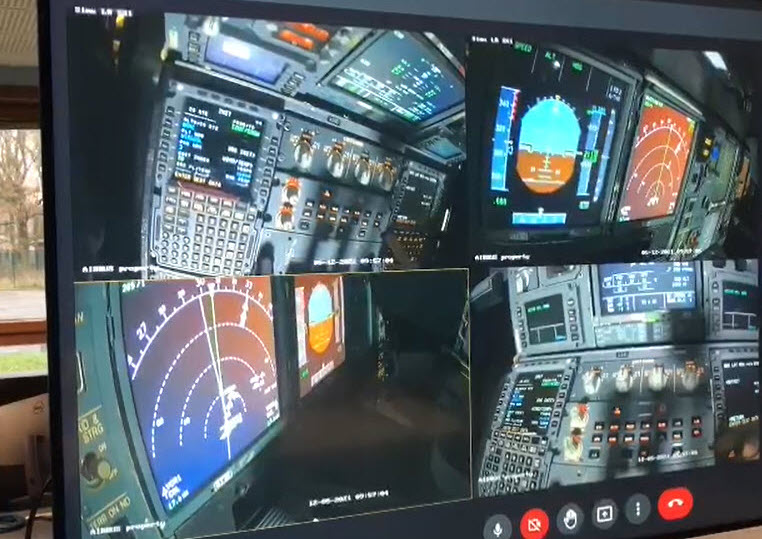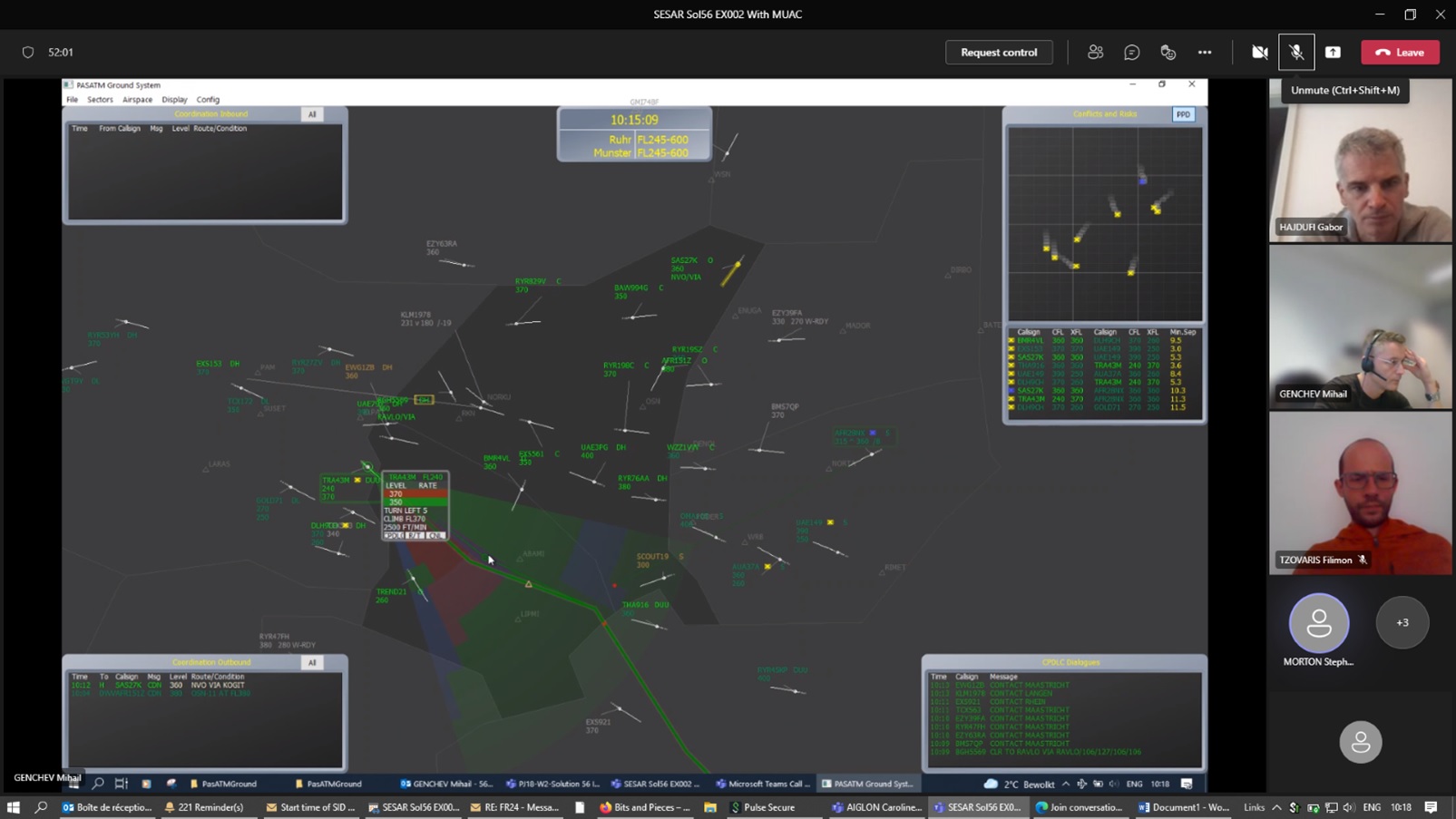
Peter Alty, EUROCONTROL, is project lead for the SESAR 4DSkyways industrial research project. We asked Peter about the rationale behind the project and the trajectory management solutions that it aims to deliver.
What is meant by trajectory based operations? How does that differ to how aircraft fly today?
From my project manager’s perspective, I’ve learned that trajectory based operations (TBO) is about sharing a common plan for a flight’s trajectory; matching that trajectory to the performance needs of the circumstances; and delivering the trajectory via an ATC clearance. How does that differ from today’s situation? For me, it’s about levelling-up the differences between the advanced capabilities of the airspace user in both flight operations and in the cockpit, with those available at air navigation service providers (ANSPs) and the Network Manager on the ground.
So what is the scope of the 4DSkyways project?
4DSkyways focusses on the flight execution part of the trajectory. The part corresponding to the FF-ICE[1] Release 2 work at ICAO. Once the flight is in execution, the trajectory may need to change – for example - due to weather hazards, crossing traffic, and procedures at the destination airport. And it’s these flight execution challenges which are the main focus of the project. Ultimately, air traffic management aims to optimise the performance of the network, whist minimising any deviations from the airspace users’ requested trajectories.
4DSkways is SESAR industrial research project. We aim to deliver validated solutions that are operationally acceptable with proven benefits. To this end, the project comprises 22 main partners and 9 linked third parties – a collaborative partnership between industry, ANSPs and EUROCONTROL– performing 21 validation exercises across Europe in 2022.
What solutions are in the pipeline?
The project comprises two main solutions, namely:
- PJ18-W2-53: aims to improve ground trajectory prediction and separation management and monitoring tools using aircraft trajectory data (ADS-C and Mode-S), precise meteo and machine learning;
- PJ18-W2-56: uses complex CPDLC[2] clearances sent in advance of horizontal, vertical and longitudinal trajectory changes to improve synchronisation of airborne and ground trajectory.
In addition, we have a couple of smaller solutions: PJ18-W2-57 studying automation aspects, and PJ18-W2-88 addressing a trajectory prediction common service. We are also working on a trajectory management document that describes the big integrated picture for trajectory management.
What benefits can these solutions provide? What about costs?
In terms of benefits, 4DSkyways aims to deliver validated solutions that can increase capacity, reduce workload, improve cost efficiency, and reduce the environmental impact. Airspace users need to be reassured that their investments in aircraft equipment – combined with ground investments – can enable trajectory management solutions for a sustainable aviation growth. Likewise, ASNPs need to be convinced that it is worthwhile to invest in ground systems. With this in mind, a cost benefit analysis is being performed for both Solution 53 and 56.
How can we find out more about the results of the project?
Tangible results from our validation work will be available in the fourth quarter of 2022 and the 1st quarter of 2023. We plan to organise webinars to share our results, possibly in coordination with some related SESAR projects. In the meantime, we are publishing regular updates on our @4DSkyways LinkedIn site! Stay tuned!
This project has received funding from the SESAR Joint Undertaking under the European Union's Horizon 2020 research and innovation programme under grant agreement No 872320
[1] Flight and flow information for a collaborative environment
[2] Controller pilot datalink communications



